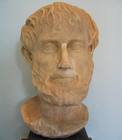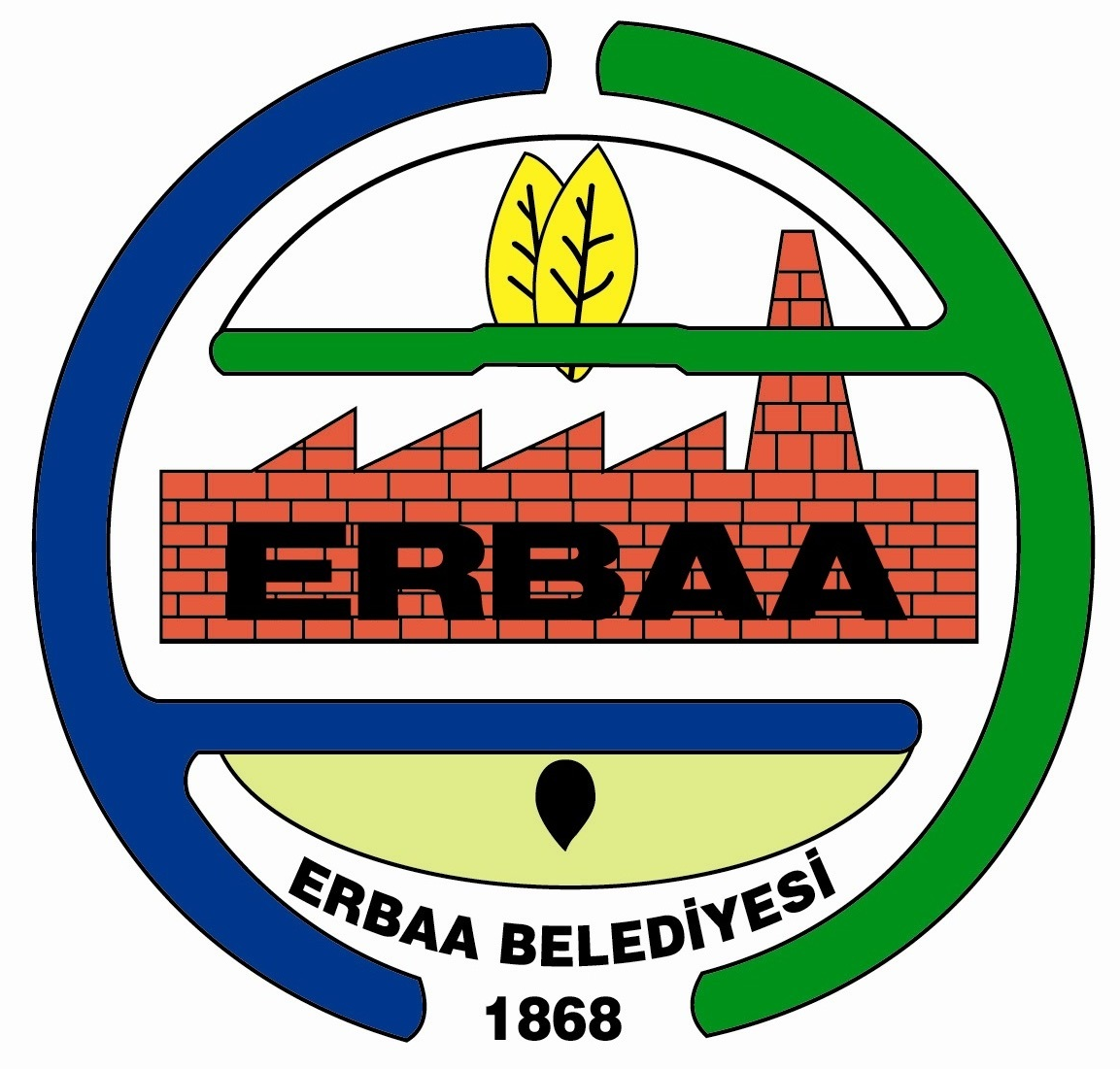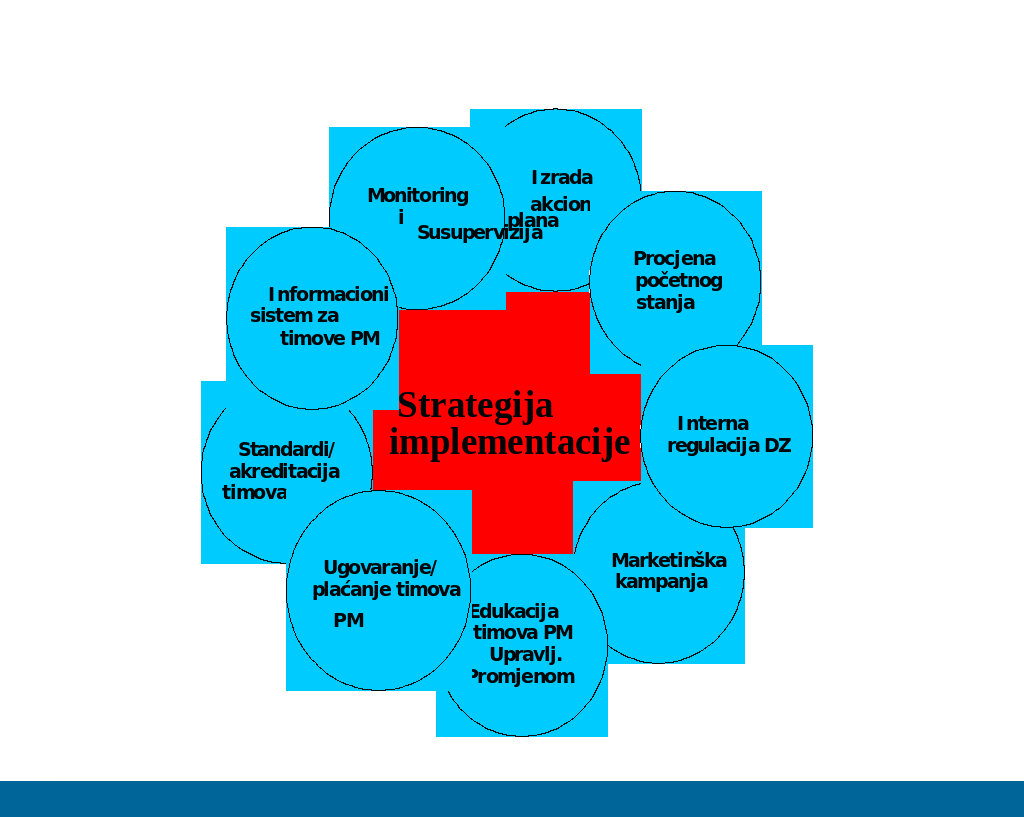computer science foundation exam may 3, 2000 section i a no calculators! name: _______________________________ ssn: ___________
Computer Science Foundation Exam
May 3, 2000
Section I A
No Calculators!
Name: _______________________________
SSN: ________________________________
In this section of the exam, there are three (3) problems.
You must do all of them.
The weight of each problem in this section is indicated with the
problem.
The algorithms in this exam are written in a combination of
pseudocode, and programming language notation.
Partial credit can not be given unless all work is shown.
If you need extra room to do work to be graded then do so on the last
page attached to this test. Make sure to clearly label the problem you
are working on.
As always, be complete, yet concise, and above all be neat,
credit can not be given when your results are unreadable.
(1, 20%) Given the following array of numbers and procedure, answer
the questions below. Assume that the global array X[1..n] is correctly
declared and contains the values shown. (So n=8.) Assume that all
division(/) is integer division. So, for example, 17/3 evaluates to 5.
Array X
0
0
0
0
0
0
0
0
Position
1
2
3
4
5
6
7
8
procedure ArrayOperation(i, j: integer)
mid, k : integer;
mid (i + j)/2;
for k i to j do
if (k MOD 2 = 0) then
X[k] X[k] + i
else
X[k] X[k] + j
endif
endfor
if (mid > i) then
ArrayOperation(i, mid);
ArrayOperation(mid + 1, j);
endif
endprocedure
a) (8 pts) Show the array X after the procedure call
ArrayOperation(1,8) has executed?
Array X
14
3
16
5
22
11
24
13
Position
1
2
3
4
5
6
7
8
b.
(6 pts) Consider the case where each element of the array X is
equal to m, where m is a positive integer. Now consider executing
the procedure ArrayOperation(1,8). What will the sum of the
elements of the array X be, in terms of m, after the procedure
call?
Here, the values in the array will be m+14, m+3, m+16, m+5, m+22,
m+11, m+24, and m+13. These add up to 8m+108.
b.
(6 pts) Consider the case where the size of the array X is 2d,
where d is a positive integer, and each entry of the array is
initialized to 0. After executing the procedure call
ArrayOperation(1,size), where size is equal to 2d, what index of
the array will store the maximal value of the array? What is the
value that will be stored in this index?
The index is the 2d – 1 index, and the value stored there will be d*2d.
(2, 18%) The following are Postfix expressions. All values are single
decimal digits and the
operations are addition "+", subtraction "–", multiplication "*" and
division “/”. (Note
that the final answer and intermediate answers in the stack may not be
single decimal digits.)
In each box below the Postfix expression, show ONLY the contents of
the stack at the
indicated point in the Postfix string (point A, B or C). Put the final
answer in the blank.
If the Postfix string is invalid, carry the operations as far as
possible and write “invalid” as
the answer. (6 points each)
a) 6 7 9 + A – 2 / B 11 2 2 / + C * = 60
16
12
6
-5
-5
A
B
C
b) 2 8 – 12 * A 2 5 6 + B – / 3 3 C / * = 8
11
3
2
3
-72
-72
8
A
B
C
Next to each Postfix expression, circle one answer to indicate if it
is a valid Postfix string or not:
(no extra credit for providing the answer, if it is valid) (3 points
each)
c) 3 5 7 – + 3 2 9 * / – Valid
d) 8 2 + 8 2 * 2 3 – 3 * / + Valid
(3, 20%) Answer each of the following "timing" questions concerning an
algorithm of a particular order and a data instance of a particular
size. Assume that the run time is affected by the size of the data
instance and not its composition. (Assume that lg n = log2n.)
a) (4 pts) For an O( ) algorithm, an instance with n=32 runs
takes 96 milliseconds.
How long would it take to run the algorithm with n=64? 160ms
b) (4 pts) For an O(n4) algorithm, an instance with n = 20 takes 256
milliseconds.
If you used a different-sized data instance and it took 81
milliseconds how large must that instance be? 15ms
c)(4 pts) For an O(kn) algorithm, where k is a positive integer,
a friend tells you that her instance of size m took 2 seconds to run.
You run an instance of size m+3 and find that it takes 54 seconds
to run. What is the value of k? 3
Given the following pseudocode segment, answer the questions below for
an arbitrary positive integer n:
x ß 0
for i ß 1 to (2*n) do
for j ß 1 to n do
if ( j < i) then
x ß x + 1
d) (2 pts) What is the Order of this code segment, in terms of n? O(n2)
e.
(6 pts) What will be the value of x (in terms of n)
when the for loops end? (3n2 – n)/2
Extra Work Page - Please clearly label any work on this page that you
would like graded.
Computer Science Foundation Exam
May 3, 2000
Section I B
No Calculators!
Name: _______________________________
SSN: ________________________________
In this section of the exam, there are three (3) problems.
You must do all of them.
The weight of each problem in this section is indicated with the
problem.
The algorithms in this exam are written in a combination of
pseudocode, and programming language notation. The algorithms that you
are asked to produce should use a syntax that is clear and
unambiguous.
Partial credit can not be given unless all work is shown.
If you need extra room to do work to be graded then do so on the last
page attached to this test. Make sure to clearly label the problem you
are working on.
As always, be complete, yet concise, and above all be neat,
credit can not be given when your results are unreadable.
(4, 12%) Given a global array of numbers X[1..n], where each element
in the array is
either a 0 or a 1, write a function Find_N_Small_Val(i : integer) that
will
return the ith smallest value stored in the array X. Assume that the
Find_N_Small_Val function will be called as shown below. (For example,
if the value of i passed in is 10, then answer should equal the value
of the
tenth smallest number stored in the array X.) Also assume that the
value i
passed to the function will be an integer in between 1 and n,
inclusive.
answer ß Find_N_Small_Val(i)
In the space below, write the function Find_N_Small_Val.
Find_N_Small_Val(i : integer)
int num_zeros, j
num_zeros 0
for j 1 to n do
if (X[j] = 0) then
num_zeros num_zeros + 1
endif
endfor
if (num_zeros >= i) then
return 0;
else
return 1;
endif
endfunction
(5, 18%) Find the closed form or exact value for the following:
( n is an arbitrary positive integer):
a) (6 pts) = 3n+17
b) (6 pts) = 2500
=========================
c) (6 pts) = -6n2 – 4n
==============================
(6, 12%)
a) (8 pts) Consider the following record type definition for a binary
tree node:
Tree_Node definesa record
data isoftype Num
left_child isoftype Ptr toa Tree_Node
right_child isoftype Ptr toa Tree_Node
endrecord
Now, consider the following procedure that traverses a binary tree and
prints out numbers. (Note that the parameter current_ptr is passed in
the procedure by value, but the parameter x is passed in by
reference.)
Procedure Bin_Tree_Trav (current_ptr isoftype in Ptr toa Tree_Node, x
isoftype in/out Num)
if (current_ptr <> NIL) then
Bin_Tree_Trav(current_ptr^.left_child, x)
Bin_Tree_Trav(current_ptr^.right_child, x)
if ( x < current_ptr^.data ) then
x x + current_ptr^.data
print(x)
else
print(current_ptr^.data)
endif
endif
endprocedure
Assume that head is a Ptr toa Tree_Node. More specifically, head is
pointing to
the head of the tree below.
75
/ \
15 50
/ / \
6 10 24
/ \
2 4
What would the procedure call Bin_Tree_Trav(head,x) print out if x is
set to 0 before the procedure
call?
2, 6, 6, 21, 10, 45, 95, 75
b) (4 pts) If we had the exact same tree as above, except swapped the
2 with the 75 inside of the tree, what would get printed out by the
procedure call Bin_Tree_Trav(head,x)? (x=0 before the call.)
75, 4, 6, 15, 10, 24, 50, 2
Extra Work Page - Please clearly label any work on this page that you
would like graded.
10
 C RAIGTON PRIMARY HOMEWORK POLICY JANUARY 2013 RATIONALE
C RAIGTON PRIMARY HOMEWORK POLICY JANUARY 2013 RATIONALE P ARLIAMENTARY BRIEFING SCOTTISH PARLIAMENT DEBATE ON THE SCOTTISH
P ARLIAMENTARY BRIEFING SCOTTISH PARLIAMENT DEBATE ON THE SCOTTISH USO DE EVAPORIMETROS ANDERSSON EN INVERNADERO CHILE CENTRAL CASANOVA
USO DE EVAPORIMETROS ANDERSSON EN INVERNADERO CHILE CENTRAL CASANOVA THE PAGES CONSPIRACY THE PAGES CONSPIRACY HAPPENED IN THE
THE PAGES CONSPIRACY THE PAGES CONSPIRACY HAPPENED IN THE COMO FUNCIONAMOS EN GENERAL BUSCAMOS UN CONSUMO ESTABLE A
COMO FUNCIONAMOS EN GENERAL BUSCAMOS UN CONSUMO ESTABLE A TC ERBAA BELEDİYE MECLİSİ MECLİS KARARI TARIH 01022021
TC ERBAA BELEDİYE MECLİSİ MECLİS KARARI TARIH 01022021 ENVD2004141 PARIS 18 OCTOBER 2004 REF YOUR LETTER SCBDSELMLGD43980
ENVD2004141 PARIS 18 OCTOBER 2004 REF YOUR LETTER SCBDSELMLGD43980 N° IC OFICINA NACIONAL DE SEMILLAS SOLICITUD DE INSCRIPCIÓN
N° IC OFICINA NACIONAL DE SEMILLAS SOLICITUD DE INSCRIPCIÓN DOKUMENT SVJETSKE BANKE IZVJEŠTAJ BR 29945 IZVJEŠTAJ O ZAVRŠETKU
DOKUMENT SVJETSKE BANKE IZVJEŠTAJ BR 29945 IZVJEŠTAJ O ZAVRŠETKU TUTORINSTRUCTOR NAME NOMBRE DEL TUTORINSTRUCTOR FLORIDA HEALTH LITERACY
TUTORINSTRUCTOR NAME NOMBRE DEL TUTORINSTRUCTOR FLORIDA HEALTH LITERACY